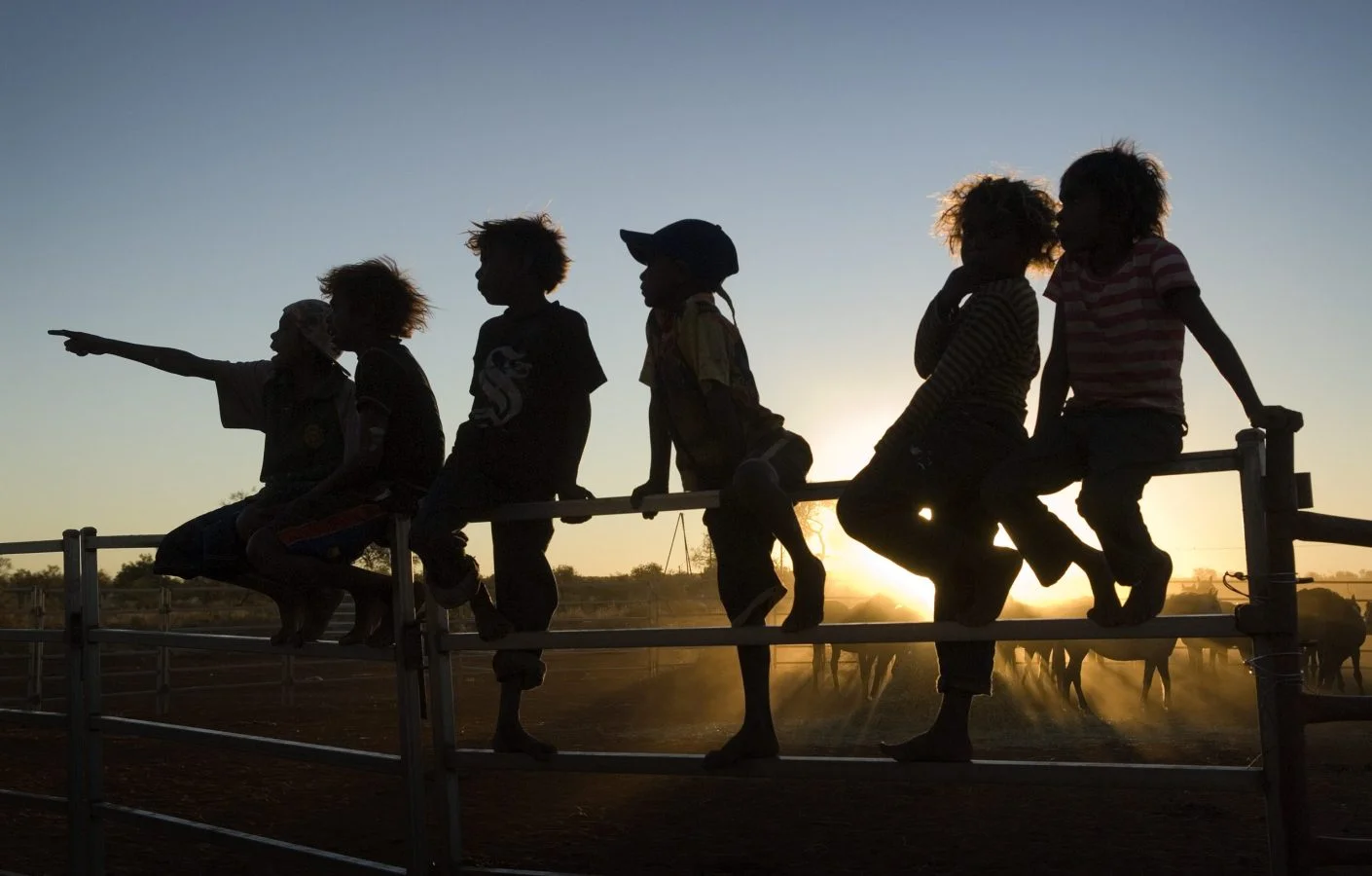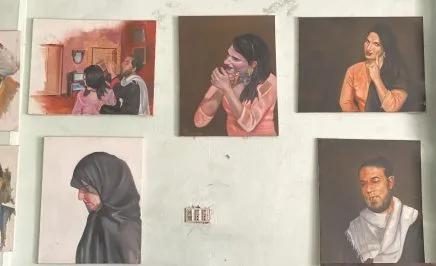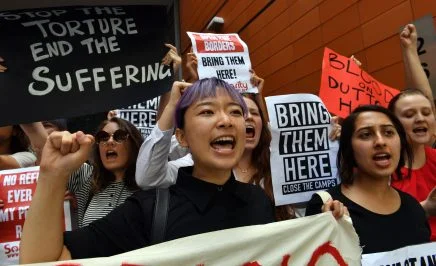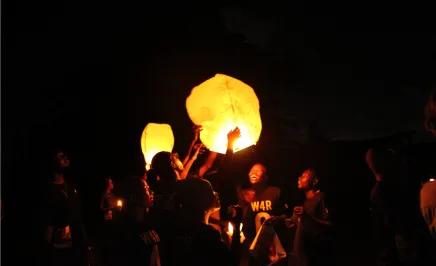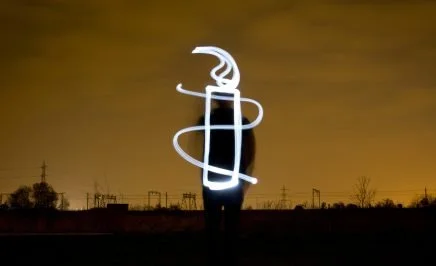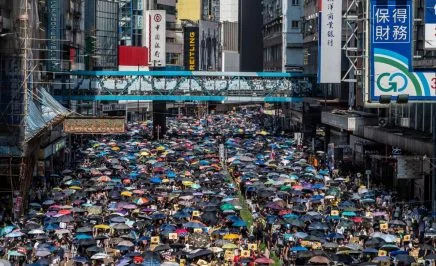Last week marked the anniversary of the Bringing Them Home report; a confronting 689-page landmark document that exposed the truth about the forced removal of Aboriginal and Torres Strait Islander children from their families, cultures, and communities.
“This report is a tribute to the strength and struggles of many thousands of Aboriginal and Torres Strait Islander people affected by forcible removal. We acknowledge the hardships they endured and the sacrifices they made.
We remember and lament all the children who will never come home. We dedicate this report with thanks and admiration to those who found the strength to tell their stories to the Inquiry and to the generations of Aboriginal and Torres Strait Islander people separated from their families and communities.”
– Excerpt from the Bringing Them Home Report, 1997
A warning to First Nations readers that this report may have pictures or names of people who are now deceased.
Bringing Them Home
The report was tabled in Parliament in 1997, following a national inquiry into the Stolen Generations – the countless number of Aboriginal and Torres Strait Islander children who were forcibly removed from their families under government policy and direction.
These heinous acts were rationalised by governments claiming that it was for the protection of the children and would ‘save them’ from a life of neglect. It was also believed by governments at the time that it would allow these children to better ‘assimilate’ into society.
The Bringing Them Home report told the stories of pain, loss, and survival of thousands and made 54 recommendations, including calls for reparations, healing, and systemic change. This included reducing the number of Aboriginal and Torres Strait Islander children in state care.
More than two decades later, the removal of Indigenous children still has not stopped.
In fact, the system is still separating families at devastating rates and too often, that separation is a pipeline to prison.
28 years on
Around 41% of the children in out-of-home care are Aboriginal or Torres Strait Islander, and an unacceptable number of children in out-of-home care make up the youth detention population.
We know that being in out-of-home care is a key social determinant of incarceration. Children who grow up without stable, culturally safe support are more likely to end up in the youth justice system.
“It’s not because of who they are, it’s because the system keeps failing them.”
Kacey Teerman, Gomeroi woman and Amnesty International Indigenous Rights Campaigner
These vulnerable children, already failed by child protection systems, are then locked away in places that can be cold, isolating and sometimes torturous. From prolonged solitary confinement to being held in adult watch houses these are not environments for healing. They are environments of harm.
What’s next
This is why our campaign to raise the age of criminal responsibility is so important.
When children are removed, traumatised, and then criminalised, we are repeating the very harms the Bringing Them Home report warned us about. We are failing to protect children from institutional harm and that must change.
At Amnesty, our work is about breaking that cycle. It’s about investing in Indigenous-led, community-driven solutions that keep children safe, connected and strong in culture not behind bars.
Thank you for standing with us to make that future possible. We have new tools and resources coming soon to help bring these rights to life in your community. In the meantime, learn more about what being a First Nations Ally means, or download our First Nations Ally Guide.
Amnesty International is a global movement of more than 10 million people who take injustice personally. We are campaigning for a world where human rights are enjoyed by all – and we can only do it with your support.
Act now or learn more about our work on Indigenous Justice.
